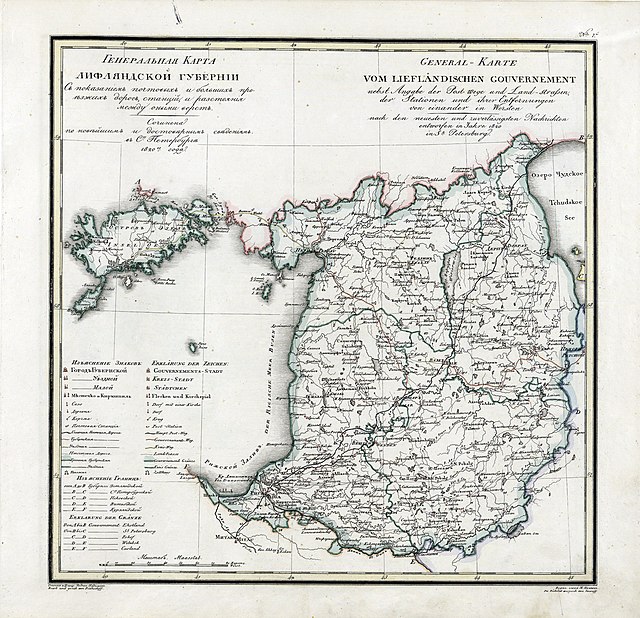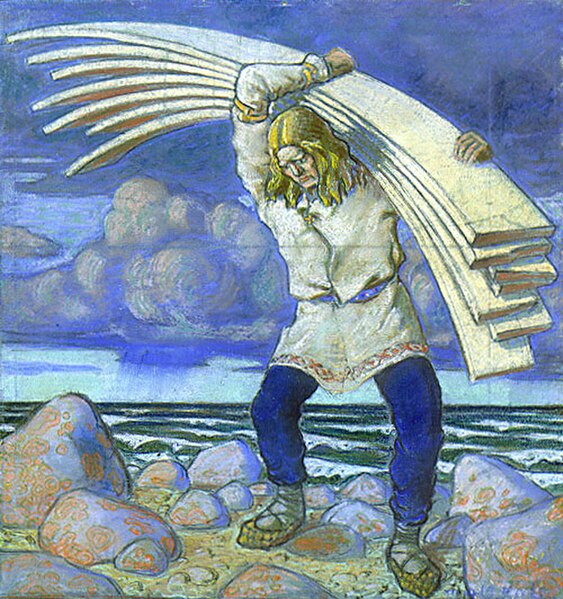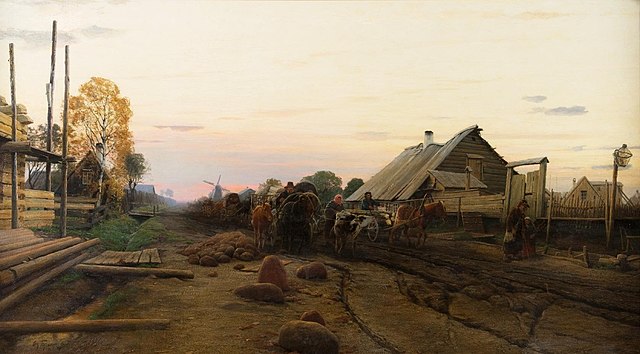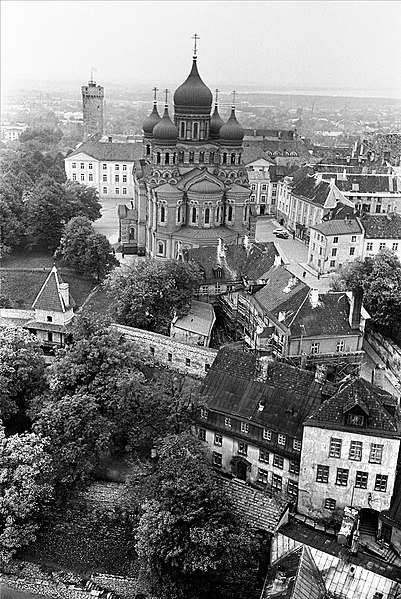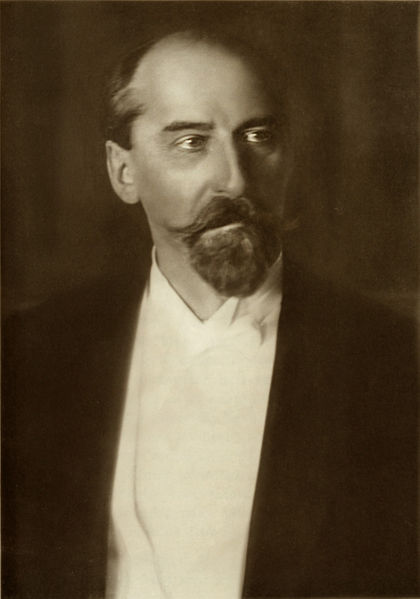The Governorate of Livonia, also known as the Livonia Governorate, was a province (guberniya) and one of the Baltic governorates of the Russian Empire, Baltic Governorate-General until 1876. Governorate of Livonia bordered Governorate of Estonia to the north, Saint Petersburg and Pskov Governorates to the east, Courland Governorate to the south, and the Gulf of Riga to the west. In 1897, the population of the governorate was 1,299,365, and it had an area of 47,030.87 square kilometres (18,158.72 sq mi). The administrative centre of the governorate was the Baltic Sea port of Riga. It roughly corresponded to most of the modern Vidzeme Region of Latvia and southern Estonia.
Livonian Governorate
The Governorate of Estonia, also known as the Esthonia (Estland) Governorate, was a province (guberniya) and one of the Baltic governorates of the Russian Empire. It was located in the northern Estonia with some islands in the West Estonian archipelago, including Hiiumaa and Vormsi. Previously, the Reval Governorate existed during Peter I's reign and was confirmed by the Treaty of Nystad, which ceded territory from Sweden to the newly established Russian Empire. The Estonia Governorate was established in 1796 when Paul I's reforms abolished the Reval Viceroyalty. The port city of Reval was the administrative centre where the governor had his seat.
The national epic Kalevipoeg, written by Friedrich Reinhold Kreutzwald, published in 1862.
Road to Reval, painted by Oskar Hoffmann in 1900
Built in 1894, the Alexander Nevsky Cathedral in Reval is the symbol of the Orthodox Church in the Governorate
Jaan Tõnisson, founder of the Estonian Progressive People's Party.

